
Microwave replacements are relatively affordable compared to other appliances. Use this guide to learn how much they cost based on factors like type and labor.
Don’t let your dishwasher disturb your peace


If your dishwasher is beeping, it could be because the door opened during a cycle.
Alternatively, your dishwasher might beep after a power outage or if the anti-flood sensor goes off.
Sometimes, you can fix a beeping dishwasher by resetting it.
If you can’t pinpoint or solve the problem, you may need to bring in a professional.
On average, hiring a pro to repair a dishwasher costs $160 to $300.
Wondering why your dishwasher is beeping? If you’re lucky, it could be something as simple as an open door. But in other cases, the cause (and solution) might be a little more complex. Here are a few common causes of dishwasher beeping, as well as tips for fixing each one.
If your dishwasher door opens during a cycle, your dishwasher might start beeping. The beeping might be constant or intermittent, depending on your dishwasher’s brand and model.
This one has an easy fix: Close the dishwasher door. That should resume the cycle and stop the beeping.
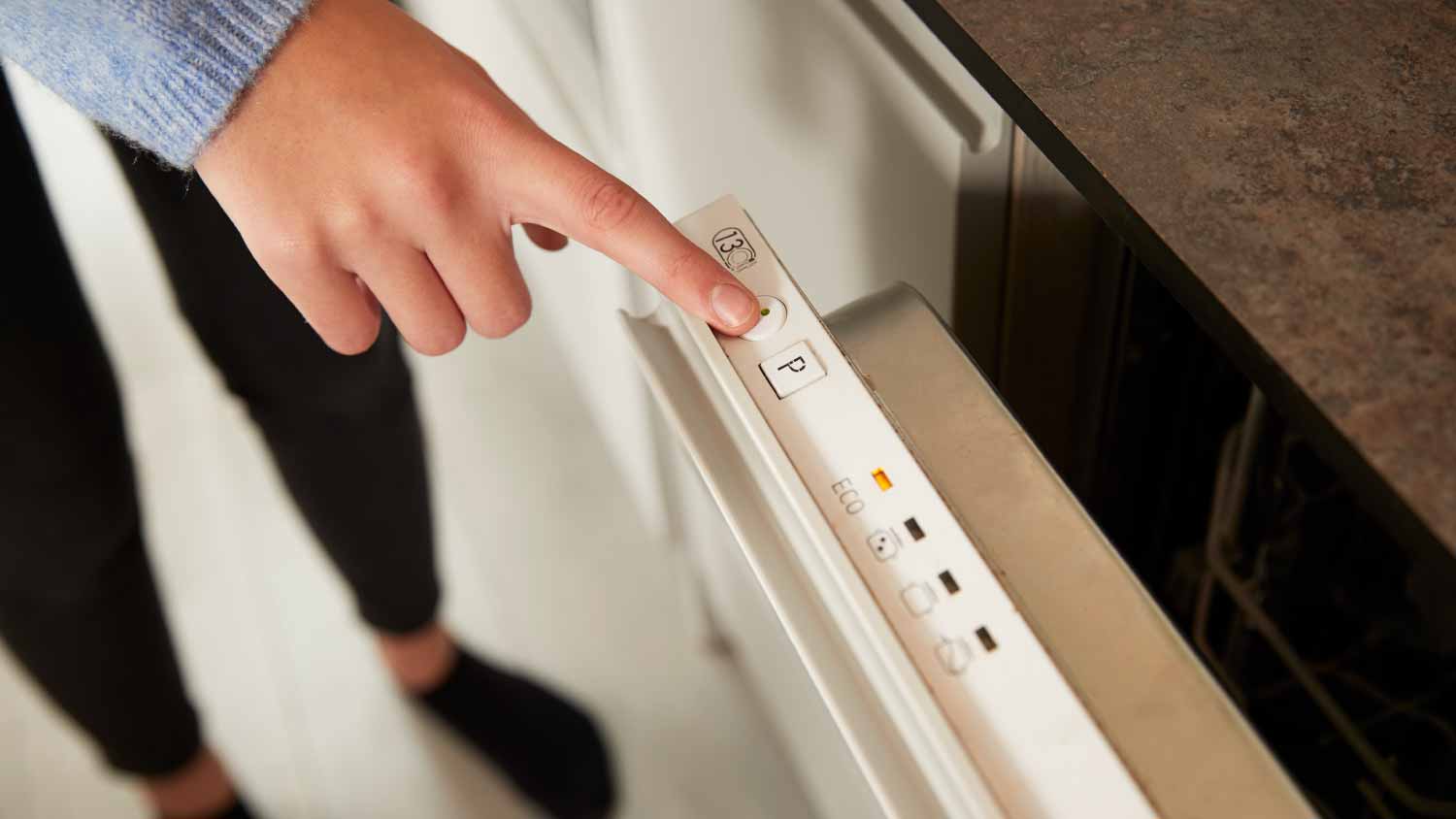
Alternatively, your dishwasher might beep after a power outage. Along with the beeping, you might also see an error code flashing on the control panel.
First, try resetting the dishwasher. Generally, you’ll do this by holding down the “start” button for several seconds, but the process may vary depending on the model of your dishwasher. Check your user manual for specific instructions.
If that doesn’t work, switch off the dishwasher’s power at the breaker for about 30 seconds. Then, turn it back on to make sure the dishwasher is no longer beeping.
Your dishwasher has a sensor—sometimes called an anti-flood device—to keep it from overflowing and flooding your kitchen. If your dishwasher won’t drain properly, it can activate your anti-flood device, which may result in your dishwasher beeping.
If your dishwasher is beeping and full of water, you’ll want to drain it before doing any troubleshooting. In some cases, you can push and hold the “cancel” button for several seconds to activate the drain mechanism. But if that doesn’t work, follow these steps for draining standing water from your dishwasher:
Empty the dishwasher.
Shut off the power to your dishwasher—either by unplugging it or turning it off at the breaker.
Use a cup to scoop out as much water as you can. Mop up the rest with a cloth or sponge.
Remove the filter. Throw away any food particles and rinse the filter with water before putting it back in place.
If you have a dishwasher air gap, turn it counterclockwise and clear out any food or other debris.
Run your garbage disposal to check for any potential drain issues (which can also affect your dishwasher). If the garbage disposal won’t turn on, produces a bad smell, or makes strange sounds, you may need to repair or replace it.
Inspect the drain hose for kinks. If you see any, straighten them out.
Disconnect the drain hose.
Clear the drain hose with a bottle brush or straightened wire hanger. Empty the contents into your sink and rinse it out with the faucet.
Reconnect the drain hose.
Turn the power back on.
Run the dishwasher for several minutes. If it continues to beep and retain water, reach out to a local dishwasher repair pro for help.
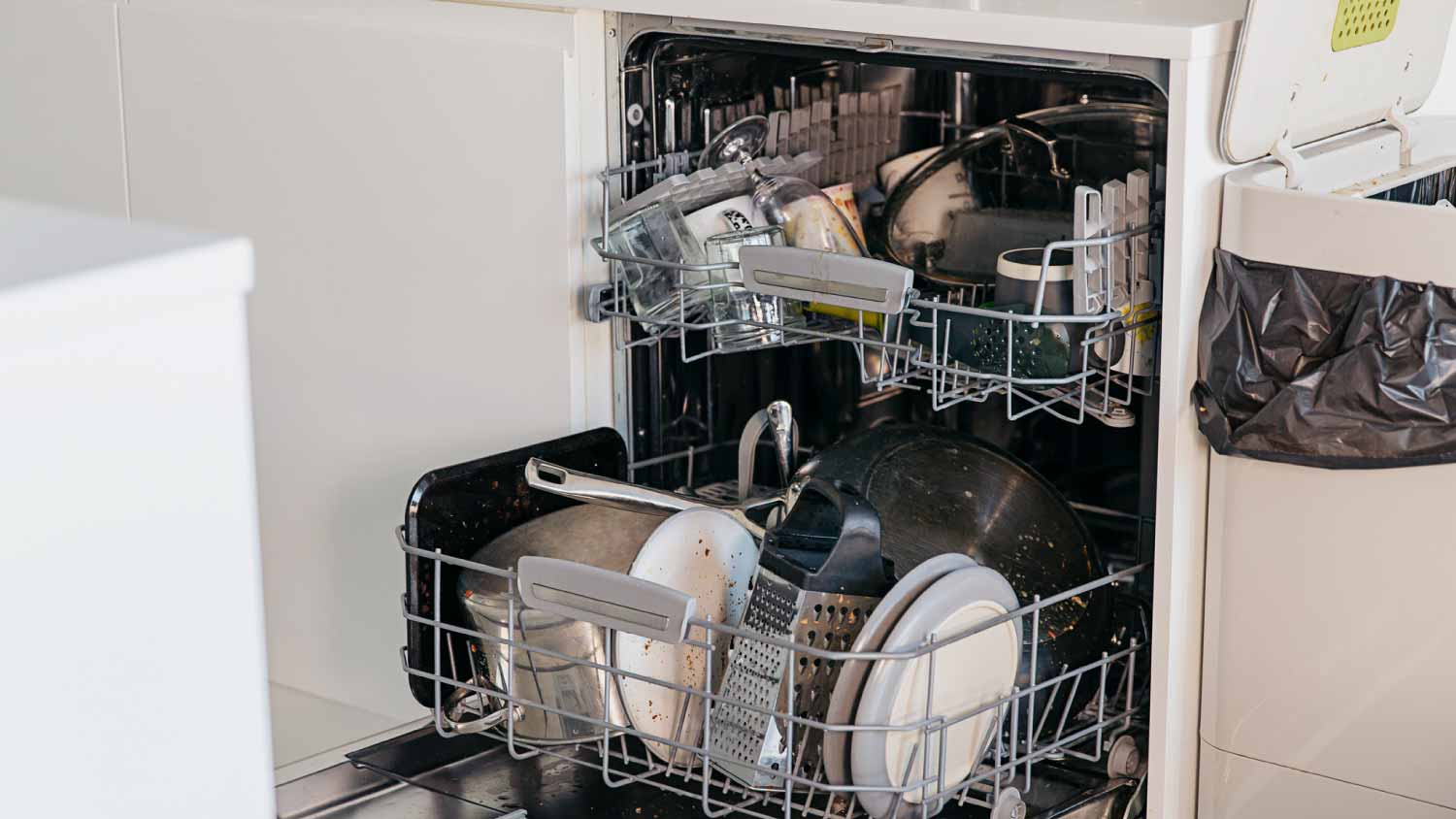
There’s a huge variety of dishwasher brands and models on the market, and each product can beep for all kinds of reasons. In addition to the causes listed above, here are a few other things that can lead to dishwasher beeping:
Faulty control panel
Malfunctioning sensors
High water temperature alert
Sanitization error
Water supply or pressure issue
Start by checking your user manual. Often, the manufacturer will explain the reasons that your dishwasher might beep, as well as solutions for each one. After that, if you still can’t identify the cause, it’s time to call an expert who fixes dishwashers.
Dishwashers beep when there’s a problem that needs attention. Fortunately, you can address most of these issues without a professional’s help—often just by following the manufacturer’s instructions in your user manual.
However, if you’ve checked your manual, tried our troubleshooting tips, and still hear beeping, you should contact a pro. They’ll be able to diagnose the issue quickly and recommend the best course of action, which could include repairing or replacing the appliance.
From average costs to expert advice, get all the answers you need to get your job done.

Microwave replacements are relatively affordable compared to other appliances. Use this guide to learn how much they cost based on factors like type and labor.

Ice maker repair costs are often less expensive than replacing an ice maker entirely. Discover which parts are easy to fix and which require a professional.

If your refrigerator has been damaged, refrigerator door dent repair cost will vary based on the imperfection's size, depth, and location. Use our guide to estimate how much you'll spend on refrigerator dent repair.
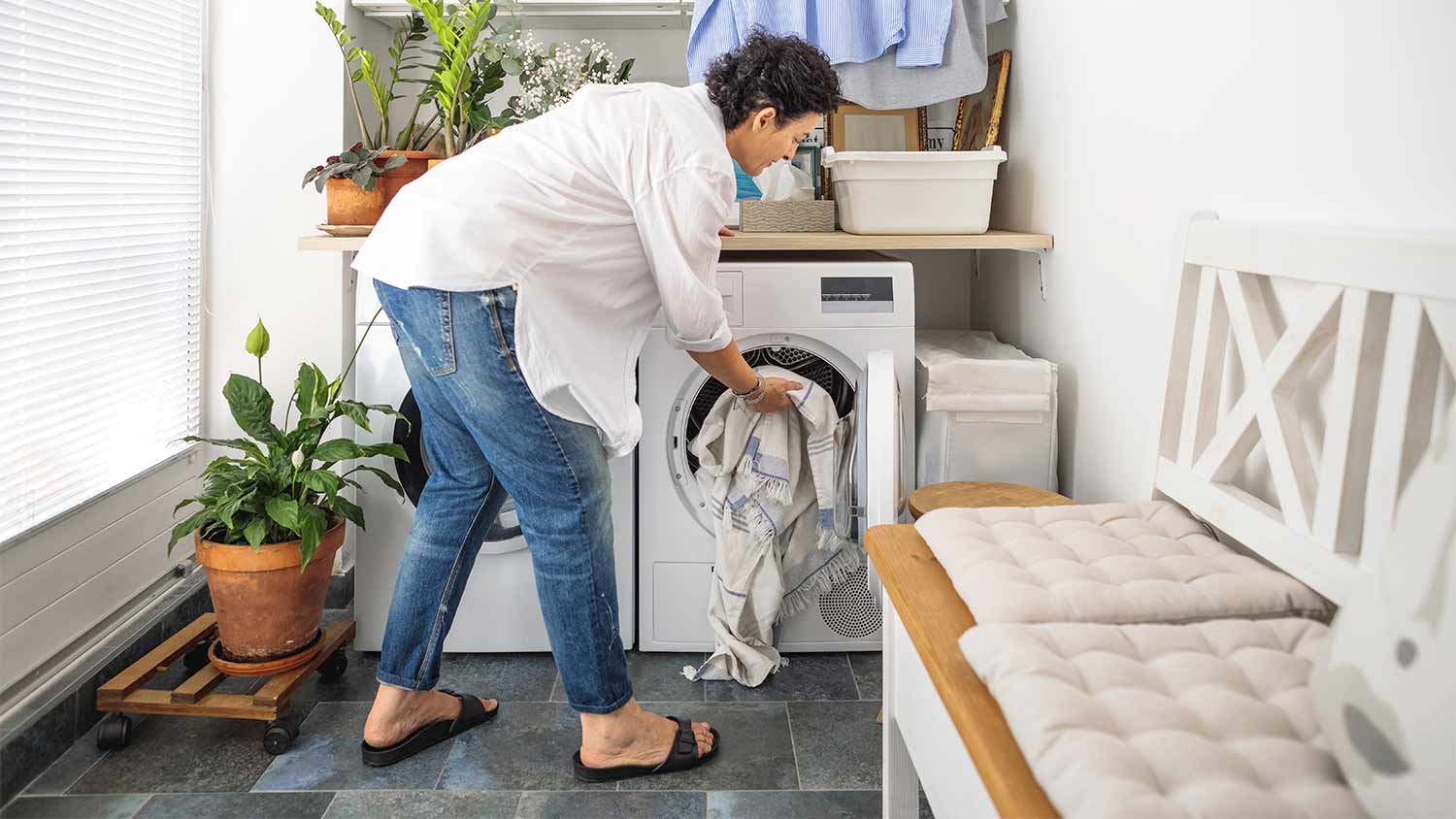
When your dryer isn’t getting hot, it can lead to some serious frustration. Learn how to identify why your dryer isn’t getting hot and how to fix it.
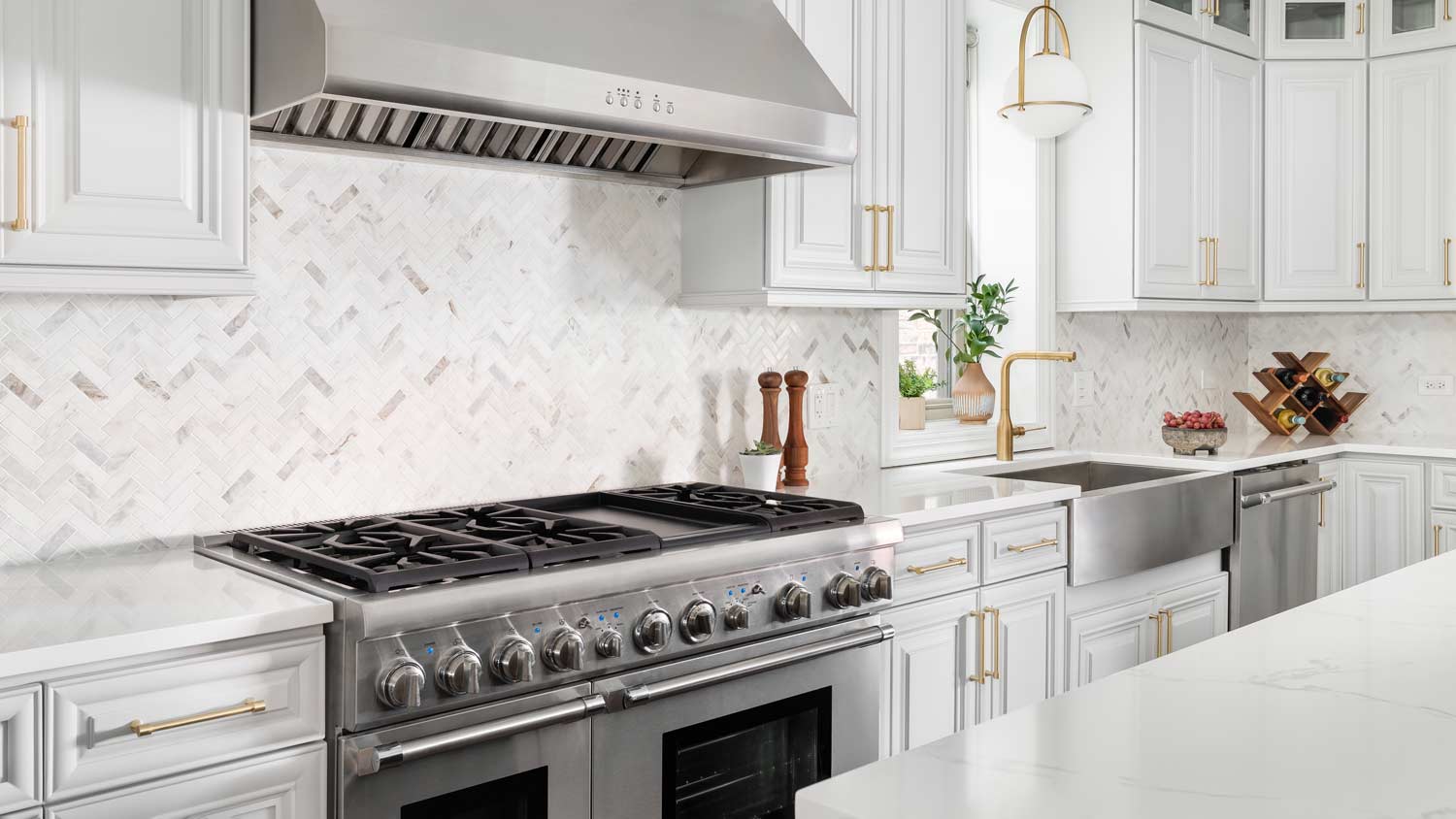
If there’s a cold draft from your stove vent, you can often fix it by installing a new backdraft damper or replacing your existing one. Here’s what to do.
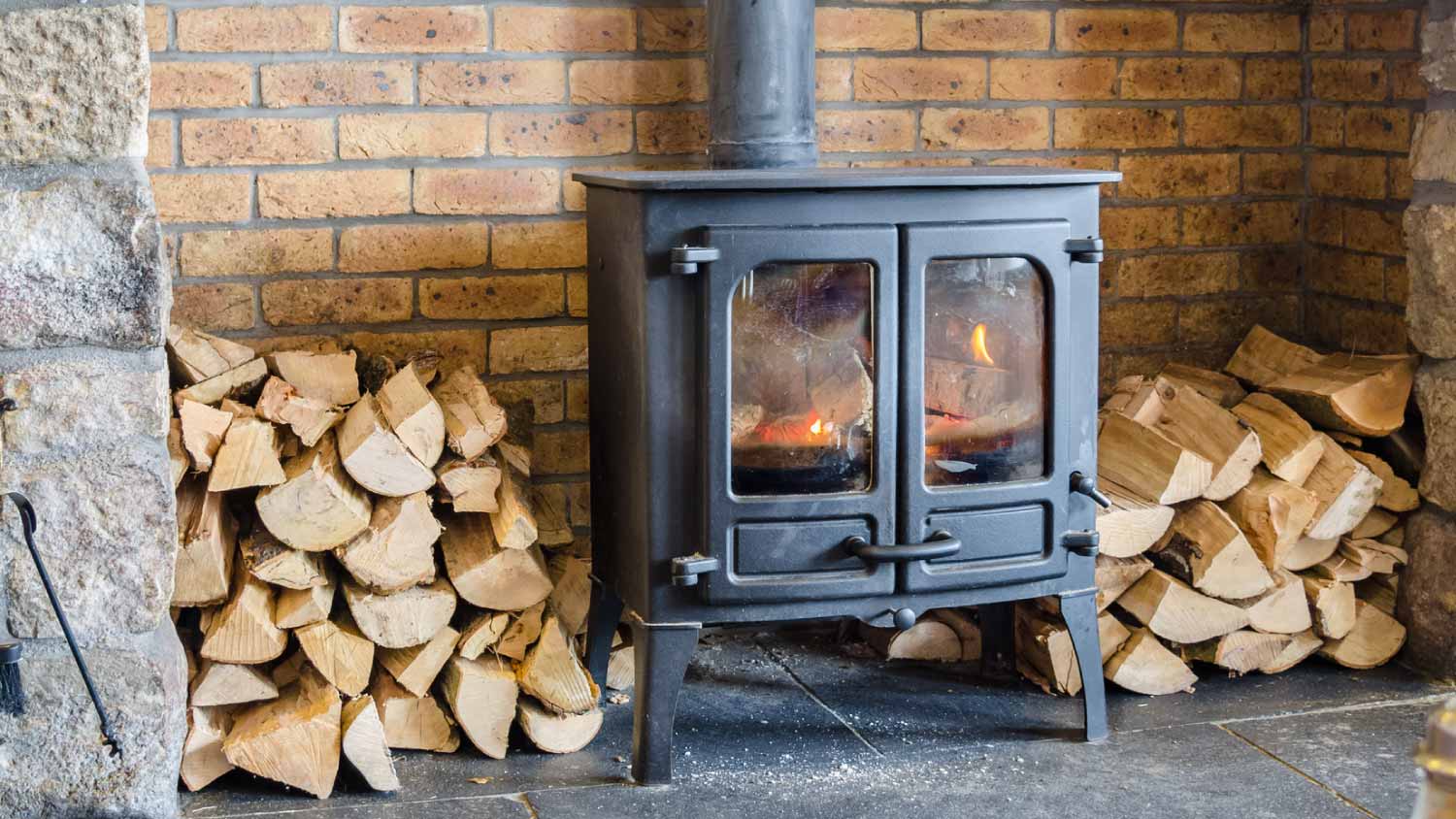
If your home smells like a wildfire, it’s time to figure out why your wood burning stove is smoking and how to get rid of the fumes.